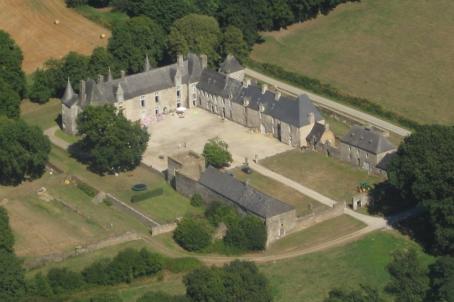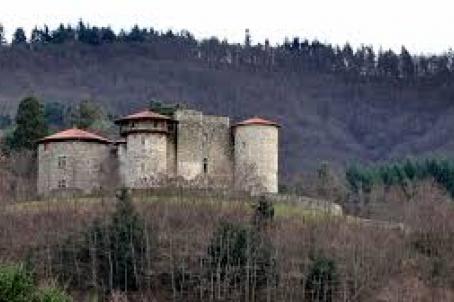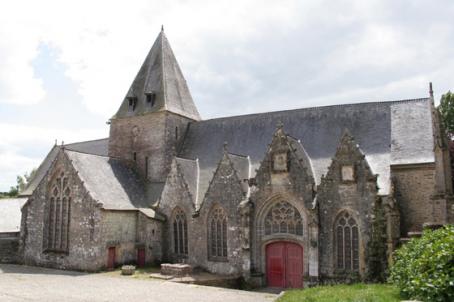Notre-Dame du Roncier Basilica
The legend of the foundation of Notre-Dame du Roncier says that in 808, a peasant found a statue of the Virgin in a bramble bush while working on the banks of the Oust. He tried to bring her back home, but the statue kept disappearing and reappeared in his bramble bush. He decided to build a chapel and, over time, other people came to settle in what became the city of Josselin. The sickle that the peasant used would have been hung in the chapel and would never have worn out over time. The brambles growing on the gable could never have been pulled out. Revolutionaries would have tried to burn the original statue, but a fragment was pulled from the flames and placed in a reliquary. The Basilica of Notre-Dame du Roncier de Josselin is a key building in the Breton architecture of the late Middle Ages. In the heart of the town, this emblematic building, which has been redesigned several times, stands out for its size and its flamboyant Gothic style of the late 15th century. From its bell tower, you can admire the panorama of the town, its majestic castle and the surrounding area.
About this building
Listed as a Historic Monument since 1929, the Basilica of Our Lady of the Roncier is a stopover on the roads to Compostela and welcomes, every year, on September 8th, a Pardon which brings together a large number of pilgrims. Inside, the Basilica conceals many treasures: the recumbents of Olivier de Clisson and his wife, the great organ restored in 1990, the wrought iron pulpit to preach made by a wrought iron craftsman from Josselin, Eustache Roussin, and its magnificent stained glass windows from the 12th to the 20th centuries. The building has undergone four changes in its status and function. The modest castral chapel, built for the counts of Porhoët around 1200, became, at the end of the 14th century, under the impetus of Constable Olivier de Clisson, a prestigious sanctuary and a seigneurial mausoleum.






